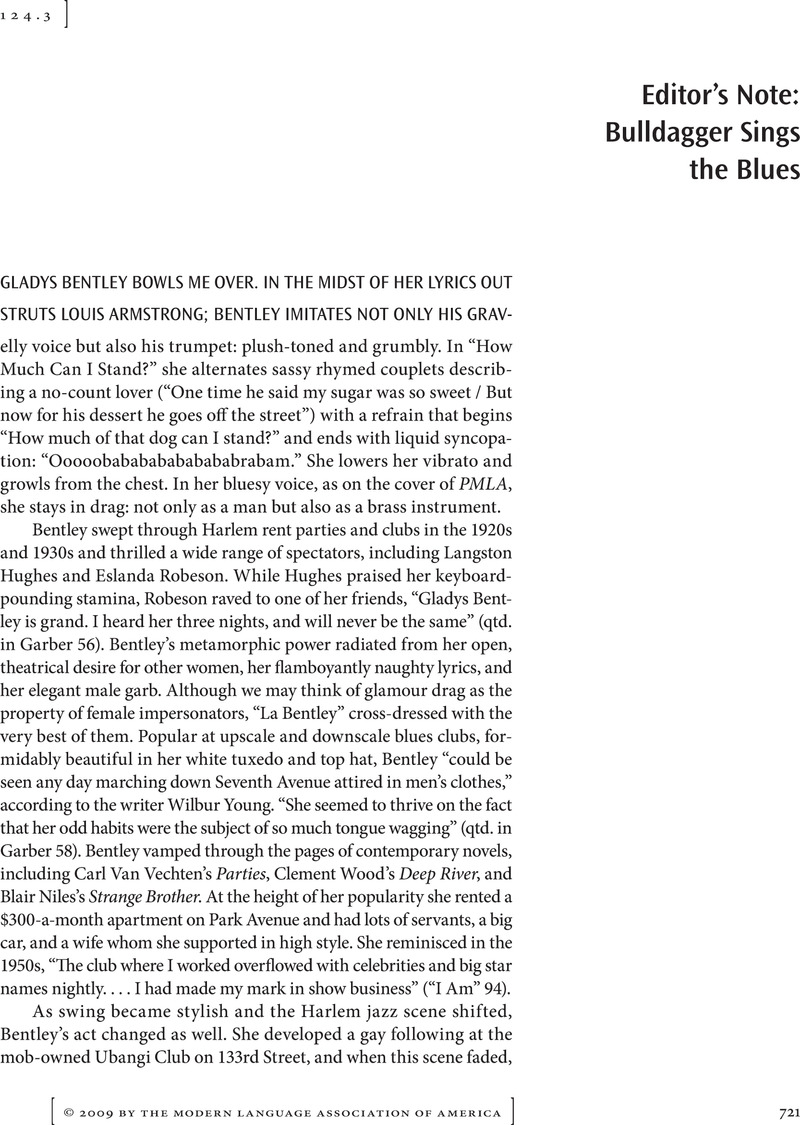Crossref Citations
This article has been cited by the following publications. This list is generated based on data provided by Crossref.
Hernandez, Jillian
2014.
Carnal teachings: raunch aesthetics as queer feminist pedagogies in Yo! Majesty's hip hop practice.
Women & Performance: a journal of feminist theory,
Vol. 24,
Issue. 1,
p.
88.


